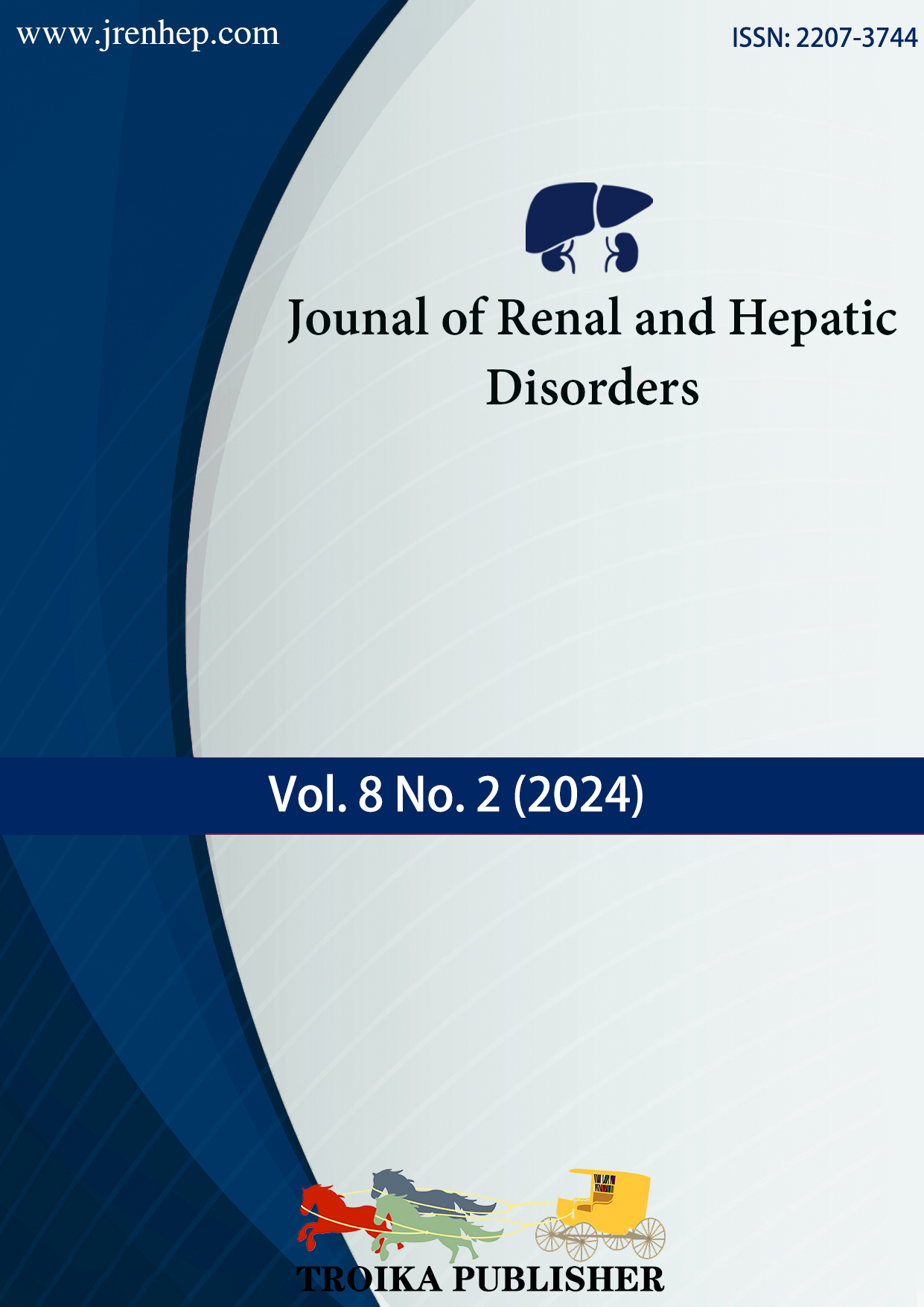Clinical profile, response and outcome of variousimmunosuppressive regimens used for treatment ofidiopathic membranous nephropathy—a retrospective cohort study
Main Article Content
Keywords
Glomerular diseases; Membranous nephropathy; Immunosuppression; Outcome
Abstract
Background: Membranous nephropathy (MN) is a glomerular disease commonly presenting as a nephrotic syndrome in adults. Various immunosuppressive medications have been used in the treatment of the same with different levels of success. Hence we have undertaken a retrospective analysis of “Clinical profile, response and outcome of various immunosuppressive regimens used for treatment of membranous nephropathy” to determine the efficacy of each treatment regimen. Methods: A retrospective observational cohort study was conducted in a single tertiary care centre in southern India. Patients with proven primary membranous nephropathy from 2010 to June 2020 with a minimum duration of follow-up of one year and treated with different immunosuppressive regimens were included in the study. Results: The total number of patients in the study was 129. Mean age of onset was 39 years with a follow-up of a minimum of 1 year and a maximum of 10 years, the mean follow-up being 3 years. 46.5% achieved complete remission, 23.3% had partial remission and 10.9% had relapse, doubling of serum creatinine was seen in 5 (3.9%) and chronic kidney failure requiring kidney replacement therapy in 3 (2.3%) respectively. Presence of interstitial fibrosis and tubular atrophy (IFTA) had a significant correlation p-value 0.02, patients with IFTA less than 30% performed the best with 54/71 patients (60%) achieving remission. Conclusions: Hypertension and IFTA at presentation were predictors for worse outcomes. modified Ponticelli, followed by rituximab, were the most effective in inducing and maintaining remission.
References
[2] Bruner DW, Hanisch LJ, Reeve BB, Trotti AM, Schrag D, Sit L, et al. Stakeholder perspectives on implementing the National Cancer Institute’s patient-reported outcomes version of the common terminology criteria for adverse events (PRO-CTCAE). Translational Behavioral Medicine. 2011; 1: 110–122.
[3] Dahan K, Debiec H, Plaisier E, Cachanado M, Rousseau A, Wakselman L, et al. Rituximab for severe membranous nephropathy: a 6-month trial with extended follow-up. Journal of the American Society of Nephrology. 2017; 28: 348–358.
[4] Polenakovik MH, Grcevska L. Treatment and long-term follow-up of patients with stage II to III idiopathic membranous nephropathy. American Journal of Kidney Diseases. 1999; 34: 911–917.
[5] Jha V, Ganguli A, Saha TK, Kohli HS, Sud K, Gupta KL, et al. A randomized, controlled trial of steroids and cyclophosphamide in adults with nephrotic syndrome caused by idiopathic membranous nephropathy. Journal of the American Society of Nephrology. 2007; 18: 1899–1904.
[6] Ponticelli C, Zucchelli P, Passerini P, Cesana B, Locatelli F, Pasquali S, et al. A 10-year follow-up of a randomized study with methylprednisolone and chlorambucil in membranous nephropathy. Kidney International. 1995; 48: 1600–1604.
[7] Ram R, Guditi S, Kaligotla Venkata D. A 10-year follow-up of idiopathic membranous nephropathy patients on steroids and cyclophosphamide: a case series. Renal Failure. 2015; 37: 452–455.
[8] Ramachandran R, Kumar V, Bharati J, Rovin B, Nada R, Kumar V, et al. Long-term follow-up of cyclical cyclophosphamide and steroids versus tacrolimus and steroids in primary membranous nephropathy. Kidney International Reports. 2021; 6: 2653–2660.
[9] Fervenza FC, Canetta PA, Barbour SJ, Lafayette RA, Rovin BH, Aslam N, et al. A multicenter randomized controlled trial of rituximab versus cyclosporine in the treatment of idiopathic membranous nephropathy (MENTOR). Nephron. 2015; 130: 159–168.
[10] Fernández-Juárez G, Rojas-Rivera J, van De Logt AE, Justino J, Sevillano A, Caravaca-Fontán F, et al. The STARMEN trial indicates that alternating treatment with corticosteroids and cyclophosphamide is superior to sequential treatment with tacrolimus and rituximab in primary membranous nephropathy. Kidney International. 2021; 99: 986–998.


